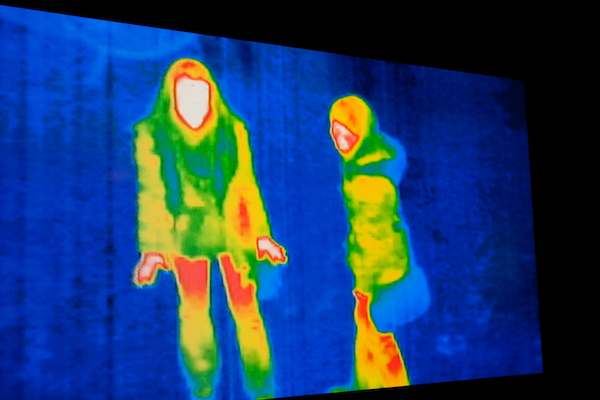Thermal imaging is increasingly important in search and rescue efforts worldwide. This life-saving technology helps pinpoint the location of lost or injured people, even in the most challenging terrain or conditions.
In the past, search and rescue teams would have to rely on visual cues to try and find missing persons. That could be extremely difficult, especially at night or in bad weather. With thermal imaging, however, rescuers can see the heat signature of a person from far away, making it much easier to locate them.
Works Even In Mountains
This technology is effective for searching mountainous terrain that is heavily wooded or where avalanches occur. Thermal imaging picks up body heat to find people buried under snow or debris or lost deep in the cover of underbrush and tree canopies.
Time is always of the essence regarding search and rescue missions. Thermal imaging helps rescuers make the most out of every second, whether working to find lost hikers or plane crash survivors.
Thermal Camera Aid Sea Searches
Search and rescue missions at sea can be complex and dangerous operations. In addition to the challenges of the open water, search teams must often contend with poor visibility due to darkness or bad weather. Thermal cameras can provide a vital tool for search and rescue teams, allowing them to see through the night and adverse conditions.
Thermal cameras detect infrared radiation produced by all objects based on their temperature. Using this radiation footprint, they can create an image of the environment, even in conditions where visibility is limited. As a result, thermal cameras can help search and rescue teams locate missing persons or vessels safely and efficiently.
An Excellent Tool For Fighting Fires
In addition to search and rescue efforts, thermal imaging helps more and more to help firefighters combat wildfires. This technology allows firefighters to see through smoke and identify hot spots that may be about to ignite. This information is critical for preventing wildfires from spreading and causing even more damage.
High-powered infrared cameras and drones are changing the dynamics of a wildfire. These UV lens cameras give firefighters an overview of the disaster and help identify hotspots and survivors before entering the scene.
Ultimately, the most favorable outcome of every search and rescue mission is to save people and preserve as much of the environment as possible, so it’s an invaluable tool for rescuers to go into a situation with critical information.
Thermal Imaging Keeps Rescue Teams Safe
Having an idea of the situation is a massive advantage for rescue workers. Thermal imaging empowers first responders to get an overview of the situation before entering. With this information, they can avoid overly dangerous areas or potential hotspots.
In addition, scanning the area for survivors or victims saves precious time by directing first responders to the places where people need help.
Infrared Technology Is Revolutionizing Search And Rescue
Rescue cameras with infrared technology are revolutionizing how first responders handle mountain search, sea rescue, wildfire, or structural files. It increases safety and helps search areas faster than the human eye alone.
Generally, rescuers use handheld cameras to get an overview of the area they’re searching. Adding drones equipped with cameras helps monitor more extensive areas.
Rescue teams stay safer because cameras can identify hot spots from a distance. By pinpointing heatmaps first, rescuers can focus on these areas for their missions.
As thermal imaging technology continues to develop, it is becoming an invaluable tool for saving lives in various situations. And with more agencies, organizations, and people using this technology, we can only expect the number of lives saved to continue to rise.
New Uses For Thermal Imaging Are On The Way
In addition to traditional search and rescue, new ideas leveraging the power of thermal imaging cameras to save lives are entering the scene.
Everyone from automobile manufacturers to city managers is exploring ways to implement these cameras to improve people’s daily lives.
For instance, thermal imaging cameras could help cars identify objects and pedestrians that the driver might not notice. This extra lead time could be enough to prevent a costly or potentially deadly accident, keeping everyone on the roads a bit safer.
In conclusion, infrared technology has been vital in search and rescue missions for many years. Its ability to see through smoke, dust, and darkness makes it an essential piece of equipment for finding people in danger. However, infrared technology has multiple other uses that can save more lives, promising for humankind as researchers continue to explore its multiple-use applications.